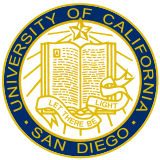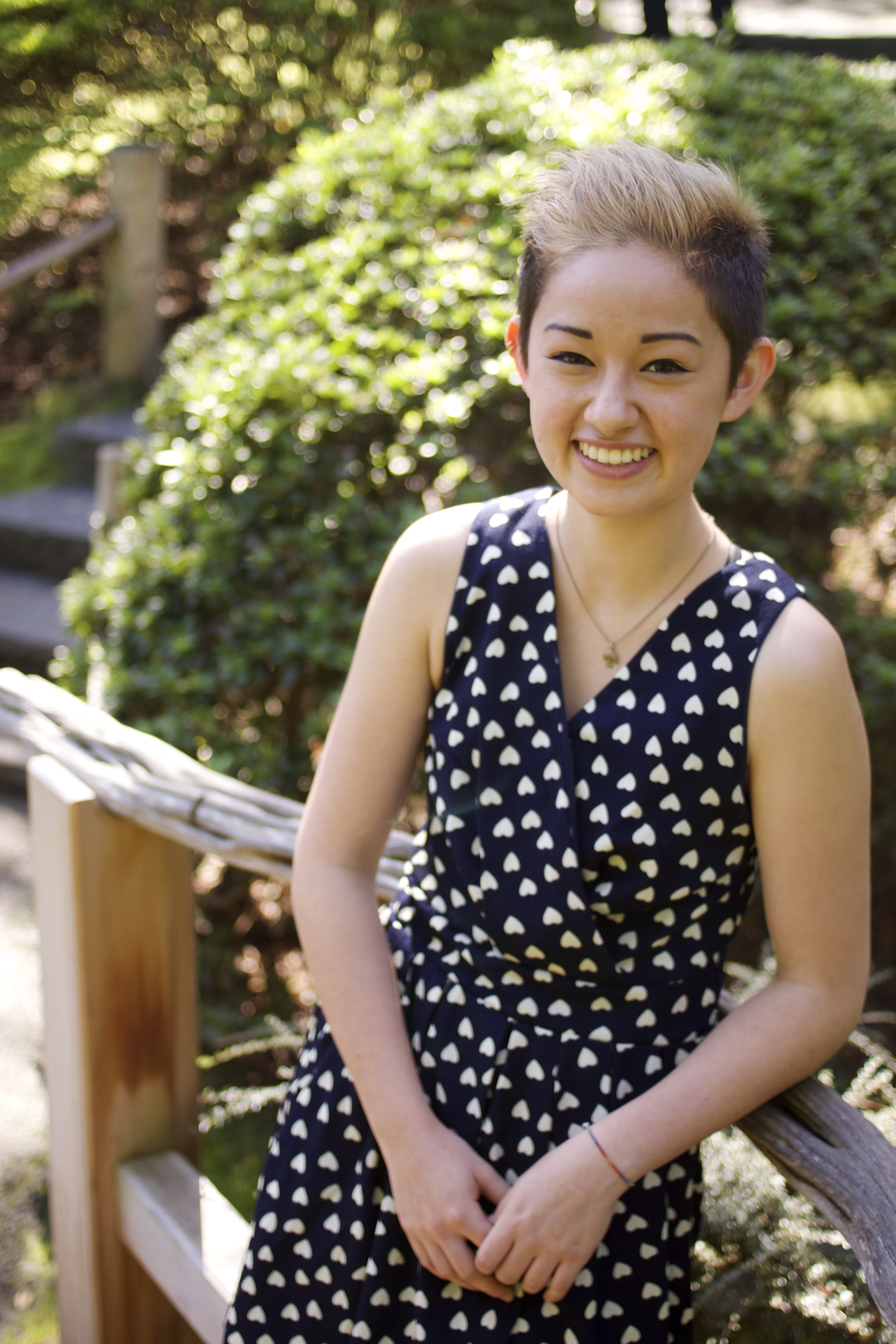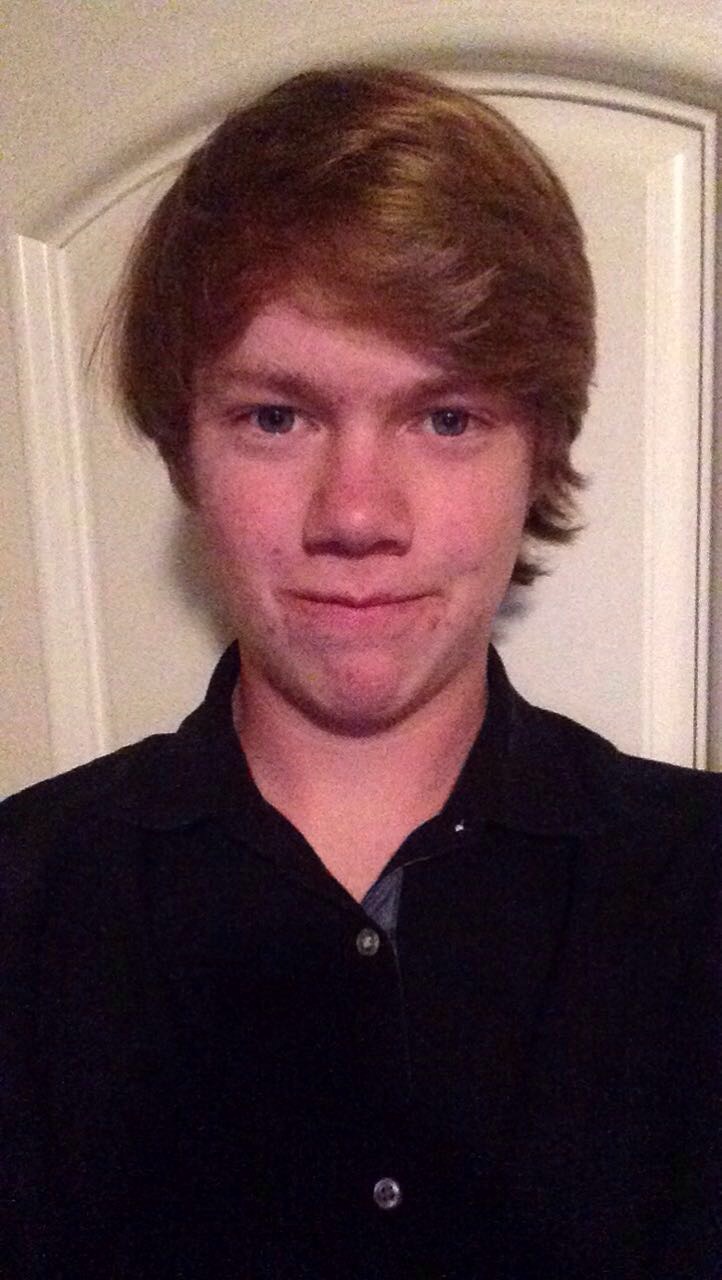Below is a summary of the abstract you submitted. Presenting author(s) is shown in bold.
If any changes need to be made, you can modify the abstract or change the authors.
You can also download a .docx version of this abstract.
If there are any problems, please email Dan at dar78@pitt.edu and he'll take care of them!
This abstract was last modified on May 12, 2017 at 9:04 a.m..

Our class isolated Streptomyces platensis strain MJ1A1 phages from 28 soil samples from around San Diego County and 40 Streptomyces strains from these same samples. Two phage genomes were sequenced and annotated. Phage Alvy belongs to cluster B2 and phage Dubu is only the second phage isolated belonging to cluster BJ. Streptomyces strains were classified by 16s rRNA sequencing and we screened 10 for antibiotic production. Most of the Streptomyces strains produced molecules capable of killing E. coli ΔtolC and Bacillus subtilis PY79. We sequenced the genomes of 4 Streptomyces strains and used bioinformatic tools to identify potential antibiotic producing biosynthetic gene clusters. One of our strains has the biosynthetic capacity to produce over 47 unique natural products, some of which could be new antibiotics. We examined the host range of our six sequenced phages against twelve strains of Streptomyces and we looked for genomic differences that could explain the different host ranges.


